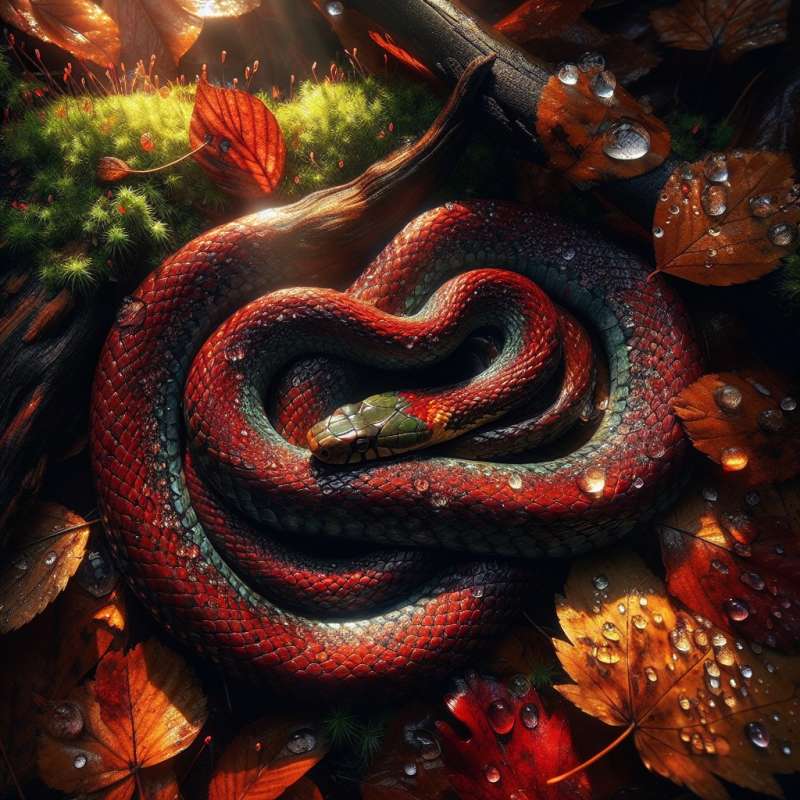
Cold-Blooded Adaptations
Cold-blooded animals, or ectotherms, adapt to their environment's temperature. They may seem 'cold' because they don't maintain a constant body heat like warm-blooded creatures.
Antarctic Fish Antifreeze
Notophthalmus antarcticus, an Antarctic fish, produces 'antifreeze' glycoproteins. These proteins prevent ice crystals from forming in their blood, allowing them to survive sub-zero temperatures.
Wood Frog Freeze Tolerance
Wood frogs can survive being frozen solid during winter. Special ice-nucleating proteins control the freezing process, protecting their vital organs and tissues.
Arctic Ground Squirrel
The Arctic ground squirrel can lower its body temperature below freezing. This supercooling state helps them survive extreme cold during hibernation.
Insects with Natural Antifreeze
Some insects, like the Arctic woolly bear caterpillar, produce cryoprotectants that act like antifreeze, preventing ice crystal formation and allowing them to endure icy temperatures.
Snakes’ Seasonal Brumation
Many snake species enter brumation, a hibernation-like state, in cold weather. Their metabolic rate drops significantly, and they can appear frozen or lethargic.Frozen Alligators
Alligators can survive being frozen in ice by keeping their snouts above the surface, allowing them to breathe while dormant.
What defines cold-blooded animals?
Constant body heat
Temperature adapts to environment
Produce their own heat
Company